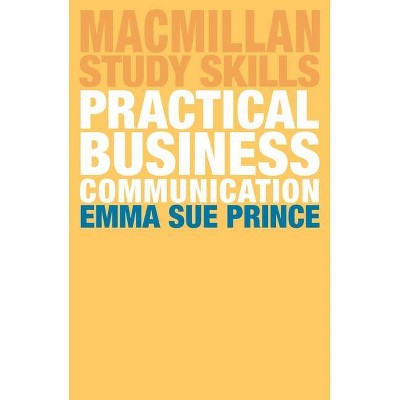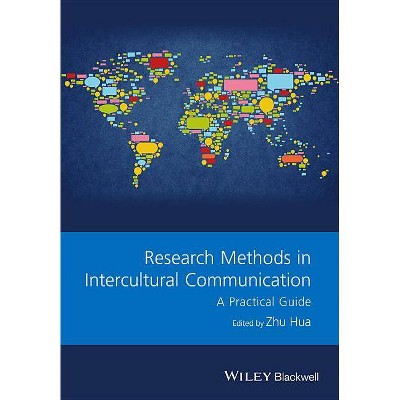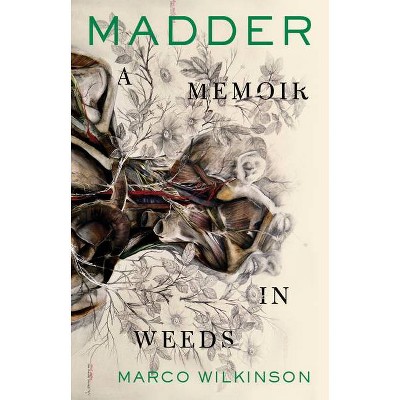Creative Research Communication - by Clare Wilkinson & Emma Weitkamp (Paperback)

Similar Products
Products of same category from the store
AllProduct info
<p/><br></br><p><b> About the Book </b></p></br></br>This book provides a theoretically grounded introduction to new and emerging approaches to public engagement and research communication.<p/><br></br><p><b> Book Synopsis </b></p></br></br>Aimed at scholars interested in engaging the public with their research and postgraduate students exploring the practical aspects of research communication, this book provides a theoretically grounded introduction to new and emerging approaches to public engagement and research communication.<br>Split into three sections, the reader first explores the historical approaches and current drivers for public engagement with research. Part two explores practical approaches to research engagement, from face-to-face communication in novel settings, such as festivals, through to artistic approaches, <br>before considering new and emerging digital tools and approaches. Each practical chapter is theoretically grounded, exploring issues such as audience, interactivity, and impact. The final section explores ethical considerations in relation to public engagement as well as discussing the way that<br>research communication fits into wider discussions about the impact of research, before concluding with a discussion around disseminating the success (or otherwise) of novel approaches to public engagement to wider groups, including public engagement practitioners.<p/><br></br><p><b> From the Back Cover </b></p></br></br>This book explores new and emerging approaches to engaging people with research, placing these in the wider context of research communication. Split into three sections, Creative research communication explores the historical routes and current drivers for public engagement, before moving on to explore practical approaches and finally discussing ethical issues and the ways in which research communication can contribute to research impact. Starting from the premise that researchers can and ought to participate in the public sphere, this book provides practical guidance and advice on contributing to political discourse and policymaking, as well as engaging the public where they are (whether that is at the theatre, at a music festival or on social media). By considering the plurality of publics and their diverse needs and interests, it is quite possible to find a communications niche that neither offers up bite-sized chunks of research, nor conceptualises the public as lacking the capacity to consider the myriad of issues raised by research, but explains and considers thoughtfully the value of research endeavours and their potential benefits to society. It's time for researchers to move away from one-size fits all, and embrace opportunities for creative approaches to research communication. This book argues for a move away from metrics and tick box approaches and towards approaches that work for you, as an individual researcher, in the context of your own discipline and interests.<p/><br></br><p><b> Review Quotes </b></p></br></br><br>'This is an excellent book that can be read from cover to cover or used as a reference text.' Paul Webb, September 2016 in LSE review of books<br><p/><br></br><p><b> About the Author </b></p></br></br><br>Clare Wilkinson is Associate Professor in Science Communication at the University of the West of England Emma Weitkamp is Associate Professor in Science Communication at the University of the West of England<br>
Price History
Cheapest price in the interval: 29.95 on November 8, 2021
Most expensive price in the interval: 29.95 on December 20, 2021
Price Archive shows prices from various stores, lets you see history and find the cheapest. There is no actual sale on the website. For all support, inquiry and suggestion messagescommunication@pricearchive.us




















